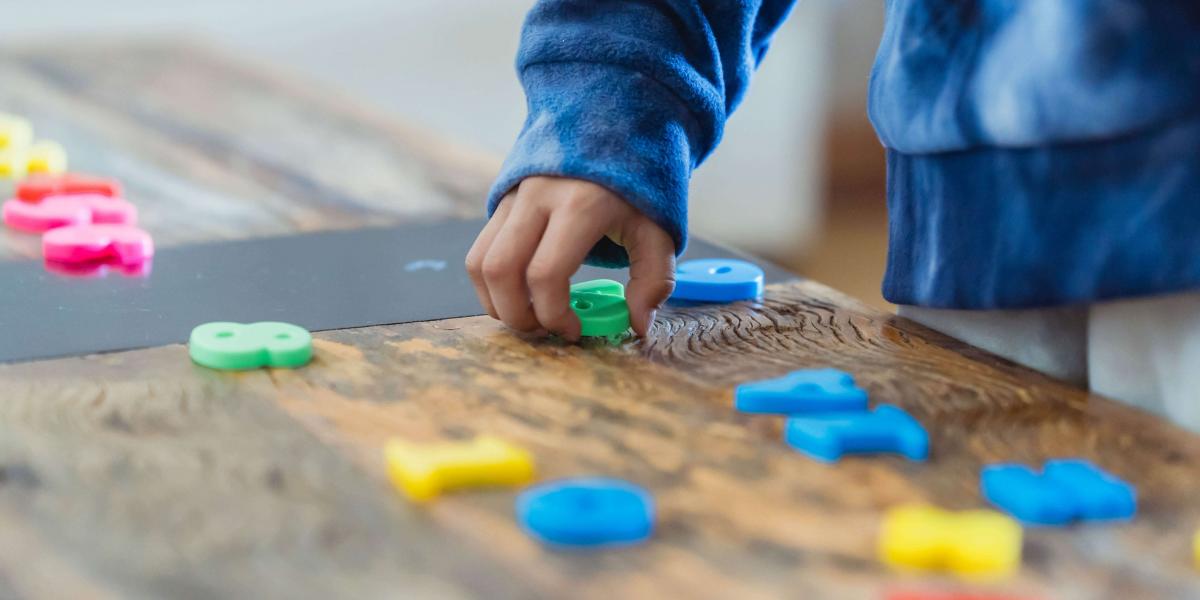New Code Academy is not your average virtual school. At New Code Academy, we do it differently.
Check out the elementary curriculum.

How did someone discover a black hole without getting sucked in?
How did the pioneers figure out where to go and what to take with them?
What would happen if you wrote a story without using any punctuation?
Elementary school should be a hands-on learning lab of discovery for curious minds, guided by caring adults and defined by dynamic student experiences. It should be a place where every child grows with a sense of belonging. That’s New Code Academy.
An elementary student’s mind is curious, and the potential for imagination and innovation knows no limits. New Code Academy builds on the multi-year success of Bloomington Public Schools online classes, in cooperation with the University of Minnesota Learning + Technology Collaborative. Our caring teachers are designing bright new pathways of learning, extending the problem-solving skills of computer science across all subject areas.
Elementary school at New Code Academy is built around two types of learning in the schedule each day: synchronous, which takes place in real time with interaction between the teacher and students, and asynchronous, which happens without real-time interaction.
Does synchronous bring to mind a day packed with teacher lectures and whole group instruction? New Code Academy does it differently! Synchronous time for our elementary students takes place on Google Meet and includes:
Asynchronous time uses learning channels, such as Seesaw. It’s balanced between digital and non-digital learning activities, and might include:
Students are expected to participate in all synchronous learning times during the day and put forth an effort to complete daily asynchronous tasks at other times planned in the schedule. Parents/guardians are encouraged to contact the student’s teacher if a child is struggling to complete asynchronous tasks each day.
| 9 - 9:20 a.m. | Morning Meeting |
| 9:20 - 9:45 a.m. | Block 1 - Interdisciplinary |
| 9:45 - 10:05 a.m. | Small Group 1 - Guided Reading Stations |
| 10:10 - 10:30 a.m. | Small Group 2 - Guided Reading Stations |
| 10:35 - 10:55 a.m. | Small Group 3 - Guided Reading Stations |
| 11 - 11:20 a.m. | Small Group 4 - Guided Reading Stations |
| 11:20 - 11:35 a.m. | Morning Wrap-up |
| 11:35 - 11:45 a.m. | 1-1 Check-in |
| 11:45 a.m. - 12:45 p.m. | Lunch and Movement |
| 12:45 - 1 p.m. | Block 2 |
| 1 - 1:15 p.m. | Small Group 1 - Math Stations |
| 1:15 - 1:30 p.m. | Small Group 2 - Math Stations |
| 1:30 - 2:15 p.m. | Specialists |
| 2:15 - 2:30 p.m. | Small Group 3 - Math Stations |
| 2:30 - 2:45 p.m. | Closing Meeting |
| 2:45 - 2:55 p.m. | 1-1 Check-in - Can Do/Must Do |
| 3 - 3:10 p.m. | 1-1 Check-in - Can Do/Must Do |
| 3:15 - 3:25 p.m. | 1-1 Check-in - Can Do/Must Do |
Daily specialist lessons rotate between music, art and physical education, using both synchronous and asynchronous learning activities.
New Code Academy is not your average virtual school. At New Code Academy, we do it differently.
Check out the elementary curriculum.
As virtual teachers, our goal is to help your child build a foundation of valuable skills that support learning and life-long success. These include time management, goal setting and monitoring, communication, attention to detail and making choices for their personal learning.
We work hard to establish and maintain open lines of communication with our students and their families, and we invest in the relationships necessary to benefit students.
When elementary learning includes a focus on computer science, students are empowered with the interdisciplinary skills and knowledge important for success in the 21st century. New Code Academy students experience learning in ways that develop creativity, collaboration, communication and persistence, as well as confidence approaching complex, open-ended problems.
Virtual learning is an engaging and exciting way to learn, with the added flexibility that suits the needs and desires of many families. Parents and guardians play a critical role in student comfort and success, especially as a new school year begins. Here are things you can do to help your elementary student thrive:
Keep open lines of regular communication with your student, the teacher and the school. Watch for Seesaw and Remind messages to stay updated on important news and updates that could affect your student. We understand that relationships and communication are different in a virtual environment than they are face-to-face, and we are committed to working together to get to know each other in a meaningful way.
Students (and adults!) depend on routines for comfort and predictability. Help your child set and follow a routine during the school day, as well with sleep, meal times and other healthy habits.
When there is free time, whether during the school day or during personal/family time, encourage fresh air and activities that don’t add to screen time.
An organized student is happier and more successful. Help your child manage their physical and digital environments to reduce chaos and clutter as much as possible.
There will be days when your student feels frustrated, discouraged, or uninspired. That’s human! As a parent/guardian, your help to motivate — especially on those difficult days — will go a long way to building your child’s resilience and success, in the short term and long term.
Whether your child seems up or down, confident or overwhelmed, make a habit of checking in at least a couple times each day. Ask how their school day is going, what they’re working on, how they’re feeling. You won’t always get a great answer, and that’s normal. You’re creating a caring connection that makes it easier to share when they need to ask for support or are excited about good news.